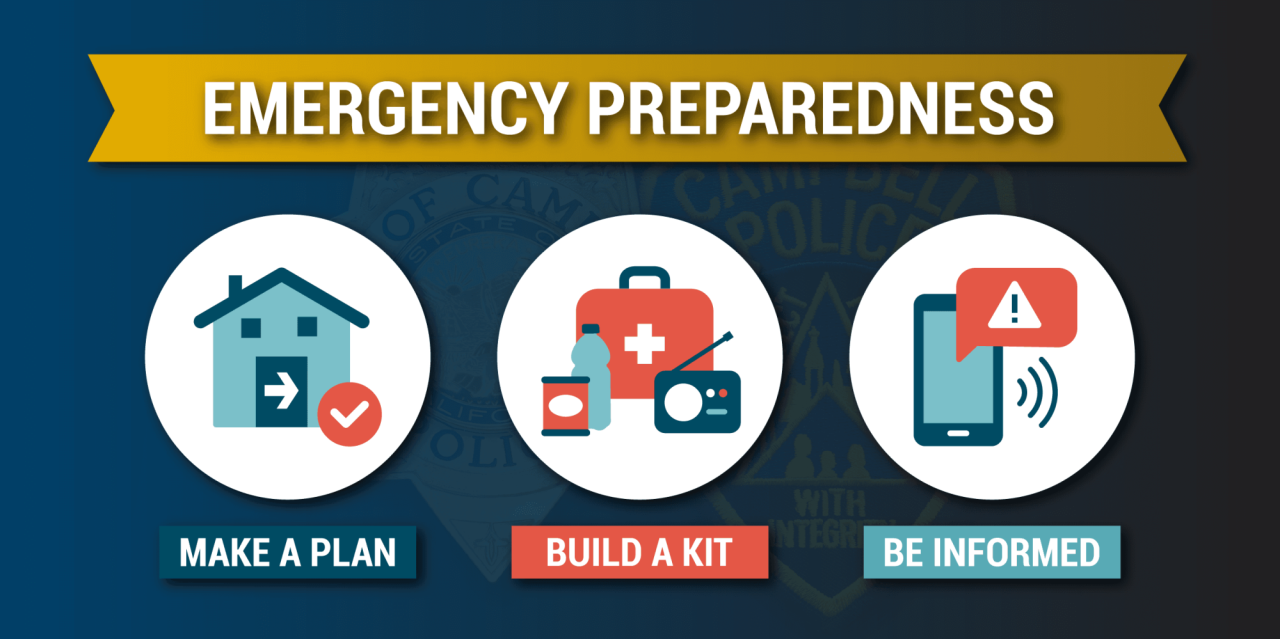Healthcare Workforce Development

Healthcare Workforce Development: Strengthening Global Health Systems
Healthcare workforce development is a critical component of building resilient health systems worldwide. As healthcare needs evolve due to aging populations, emerging diseases, and technological advancements, developing a skilled and sustainable workforce becomes increasingly important. Programs focused on healthcare workforce development aim to address workforce shortages, enhance skills, and ensure equitable access to quality care.
Understanding Healthcare Workforce Development
Healthcare workforce development involves planning, training, and supporting healthcare professionals to meet the demands of healthcare delivery. This includes doctors, nurses, midwives, technicians, and allied health professionals who collectively form the backbone of health systems.
The development of the healthcare workforce encompasses various aspects, such as education, recruitment, retention, and professional growth. By investing in these areas, countries can address existing gaps and prepare for future challenges in healthcare delivery.
Importance of Healthcare Workforce Development
Healthcare workforce development is vital for:
- Addressing Workforce Shortages: Many countries face a critical shortage of healthcare professionals, particularly in rural and underserved areas.
- Improving Health Outcomes: A well-trained and adequately staffed workforce can provide better care, reducing morbidity and mortality rates.
- Enhancing System Resilience: A strong workforce can adapt to emergencies and changing healthcare needs, ensuring continuity of care.
- Boosting Economic Growth: The healthcare sector is a significant contributor to employment and economic development.
Key Components of Workforce Development Programs
1. Education and Training
Developing a skilled workforce begins with high-quality education and training programs. These programs focus on equipping healthcare professionals with the knowledge and skills needed to deliver effective care.
2. Recruitment and Retention
Attracting and retaining healthcare workers is a challenge in many regions. Initiatives such as competitive salaries, professional development opportunities, and supportive work environments help address this issue.
3. Capacity Building
Programs aimed at capacity building strengthen healthcare systems by enhancing the skills and capabilities of existing staff. This includes leadership training, mentorship programs, and specialization opportunities.
4. Technological Integration
Incorporating technology into workforce development ensures that healthcare professionals are prepared to use advanced tools and systems effectively, improving efficiency and outcomes.
5. Global Collaboration
International partnerships play a crucial role in workforce development by facilitating knowledge exchange, funding, and technical support. Organizations like the World Health Organization (WHO) support global initiatives to address workforce challenges. Learn more at WHO.
Notable Workforce Development Programs
Several organizations and initiatives focus on healthcare workforce development:
- World Health Organization’s Global Health Workforce Alliance: This alliance supports countries in strengthening their healthcare workforce through advocacy, policy development, and capacity building.
- USAID’s Human Resources for Health (HRH) Program: Focused on low-resource settings, this program aims to improve healthcare access by training and retaining skilled professionals.
- Global Health Corps: This organization develops leaders in global health by providing training, mentorship, and field experience.
Benefits of Healthcare Workforce Development
Investing in workforce development yields numerous benefits, such as:
- Improved Patient Care: A well-trained workforce delivers higher-quality care, leading to better health outcomes.
- Reduced Healthcare Disparities: Expanding the workforce ensures that underserved populations have access to essential services.
- System Sustainability: Workforce development helps create resilient systems capable of meeting current and future healthcare demands.
Challenges in Workforce Development
Despite its importance, healthcare workforce development faces challenges, including:
- Funding Constraints: Limited financial resources can hinder training and recruitment efforts.
- Geographic Disparities: Rural and remote areas often struggle to attract and retain healthcare professionals.
- Brain Drain: Skilled workers may migrate to higher-paying opportunities abroad, creating shortages in their home countries.
Conclusion
Healthcare workforce development is essential for strengthening health systems and improving global health outcomes. By addressing workforce shortages, enhancing skills, and fostering sustainable practices, these programs ensure that healthcare systems can meet the evolving needs of populations worldwide. Explore opportunities to support or engage with workforce development initiatives and contribute to building a healthier future for all.
One thought on “Healthcare Workforce Development”
-
Pingback: Integration of AI and Automation - Scholarshiptea




Leave a Comment